Exploring the universe: Pulsars
The universe is basically immense and within that immensity make life numerable "objects" very interesting and worth exploring for the different phenomena and peculiarities they contain.
This time I want to talk about the stars and more specifically about a specific type of star that I particularly call the lighthouses of the universes, yes a little romantic I know, but hey! who would not get romantic talking about stars and the universe
So let's not waste any more time and let's start
Pulsars.
The first thing to be clear is that a pulsar is a neutron star.
As I said is a star but not in the usual way we understand them; neutron stars are born as a result of that previously a star has consumed its fuel from its core and has lost much of its mass, leaving nothing plus a stellar remnant that is very compact and massive; that is, the formation of a pulsar would be closely linked to stellar evolution in the last phase of the life of the stars.
Not all stars end up being pulsars.
Not all stars end their lives as neutron stars, and this transformation will be determined by the initial mass of the star. Therefore before the death of the star as such can be estimated if a star will end its life as a white dwarf, a neutron star or a black hole.
As I said the transformation of the stars will be determined entirely from its mass because the star must maintain the balance between the nuclear force inside, which causes the star to expand and the force of gravity that causes it to contract. And it is in this balance where all the stars are in their main sequence.
However, when this balance is broken due to the depletion of nuclear fuel, which usually causes the sudden collapse of the star causing it to violently expel its outer layers, a supernova will occur and in the center of the explosion a very massive small body will appear with such gravity that the protons and electrons will unite to form neutrons that will emit large amounts of radiation, that is, the star will become a pulsar
Characteristics of pulsars.
One of the main characteristics of this type of stars is that they are extremely fast and very regular. In addition, it is possible to discard that the enormous luminosity that we perceive are pulses of radiation that are repeated again and again.
The reason why we are able to see the pulsars is that the axis of rotation of these neutron stars doesn't coincide with the electromagnetic axis, which makes the radiation emissions vary their direction at high speed. It can also happen that the emission of a pulsar is never received if it doesn't coincide with the trajectory of the earth, when this happens it can not be detected if it is neutron stars or a black hole and it will be necessary to use other techniques to differentiate them.
These objects rotate at a great speed since they can turn on themselves several hundred times per second or more, and this rotation can also reach up to 70,000 km/s. In fact, neutron stars that rotate so rapidly expand proportionally from their equator due to this great speed.
The combination that occurs between the immense density of these stars with their magnetic field, causes particles at high speeds to approach the star and for this reason, the magnetic poles of neutron stars emit large amounts of radiation in the range of radio frequencies, x-rays or gamma rays.
It should be noted that the gravity of a neutron star is 200 billion times stronger than on Earth
Pulsars in the universe.
Today more than 600 pulsars are known with rotation periods ranging from a thousand seconds to a few seconds.
Source
The most famous of all is perhaps the pulsar PSR B0531 + 21, which is located in the center of the crab nebula. A pulsar that turns on itself at 30 revolutions per second so it emits large and intense amounts of radiation.
This pulsar is located at the same point where Chinese astronomers recorded a bright supernova in the year 1054.
Source
Due to this fact, it was established that, as I said at the beginning of this post, supernovas are capable of creating Pulsars.
Currently, it has been determined that there are approximately 200,000 Pulsars in our galaxy.
One of the facts that many may ask is, Is it possible for these neutron stars to host planets since they are still a star class after all?
The answer is Yes, they can hold planets in their orbit and in fact are 4 confirmed planets orbiting around a pulsar so far. These planets are called pulsating planets and they are planets with very peculiar characteristics since they must be able to withstand the great radiation emissions of the pulsar.
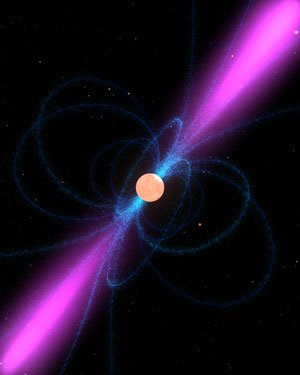
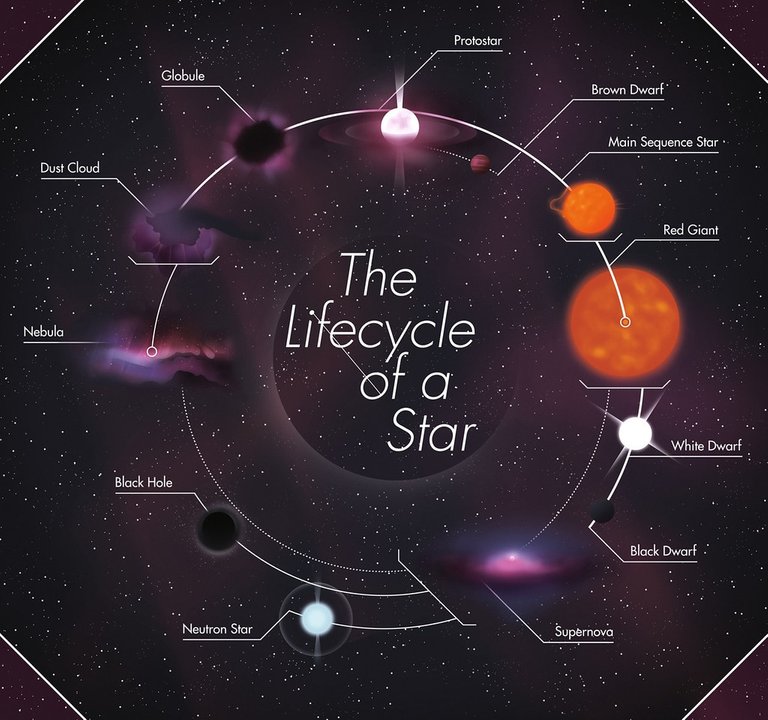
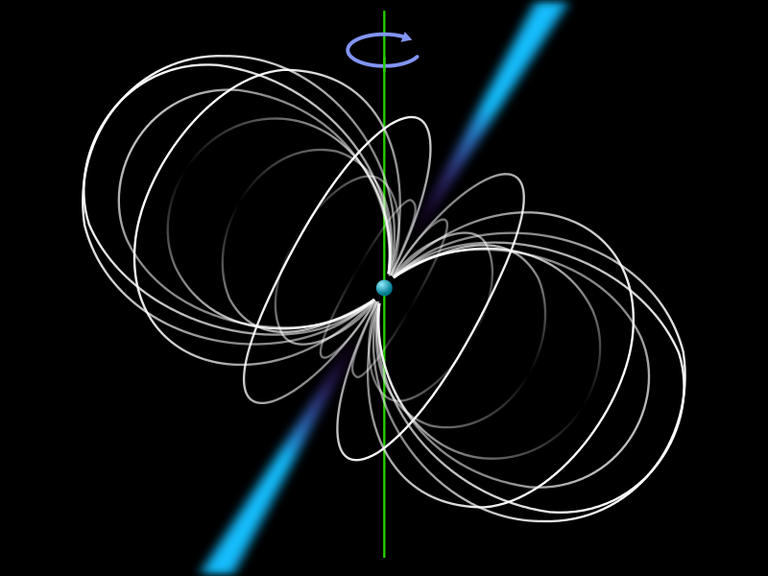
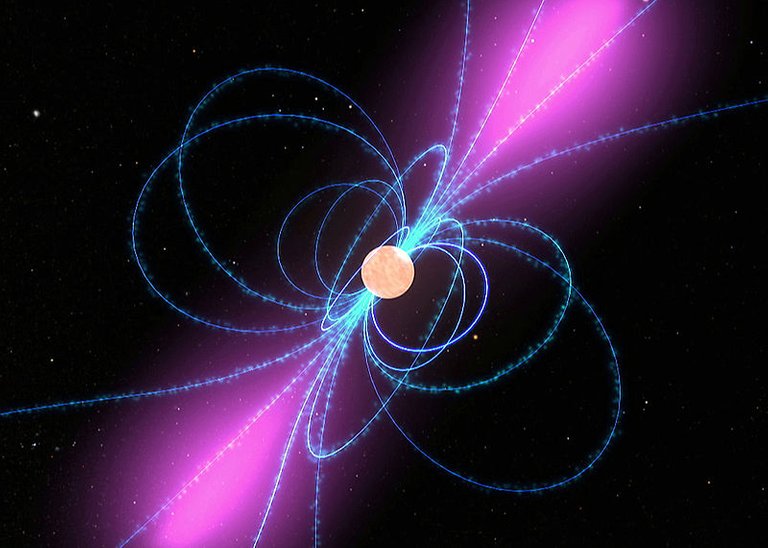
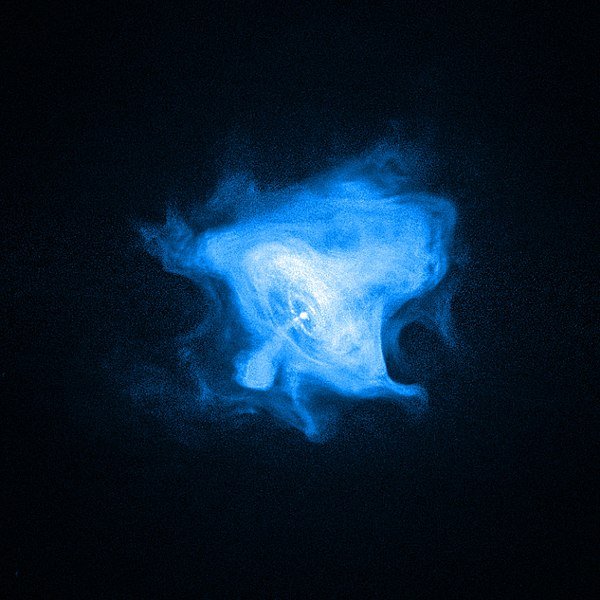
@tipu curate
Upvoted 👌 (Mana: 10/20)
This post has been voted on by the SteemSTEM curation team and voting trail. It is elligible for support from @curie and @minnowbooster.
If you appreciate the work we are doing, then consider supporting our witness @stem.witness. Additional witness support to the curie witness would be appreciated as well.
For additional information please join us on the SteemSTEM discord and to get to know the rest of the community!
Please consider using the steemstem.io app and/or including @steemstem in the list of beneficiaries of this post. This could yield a stronger support from SteemSTEM.